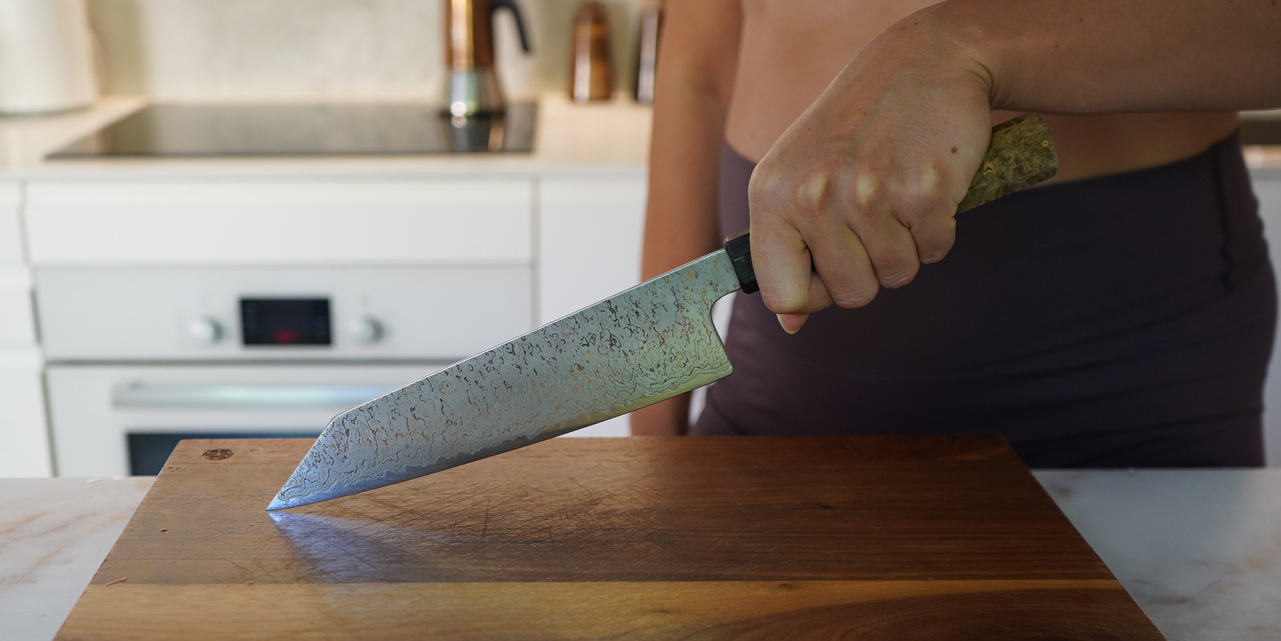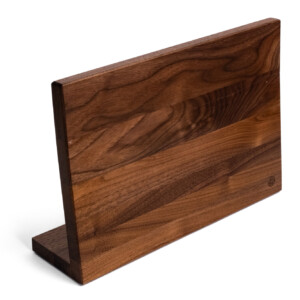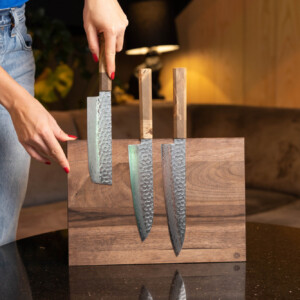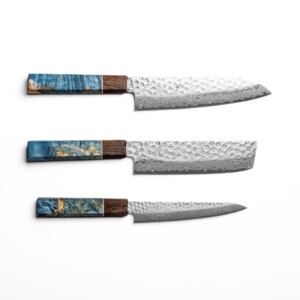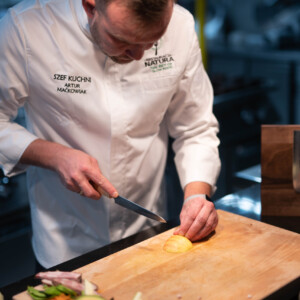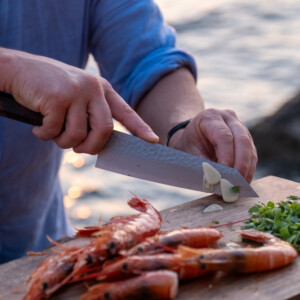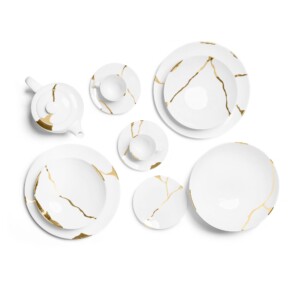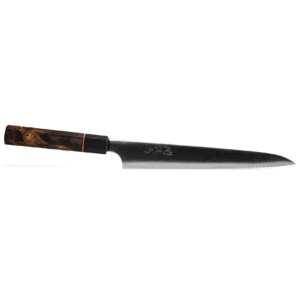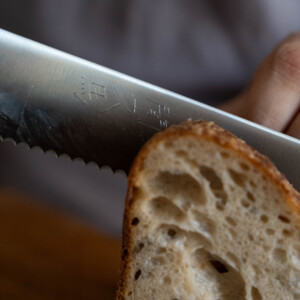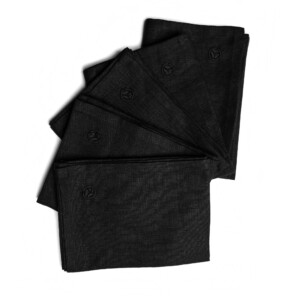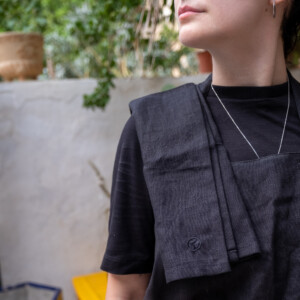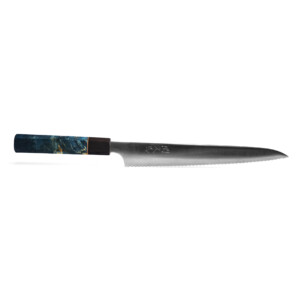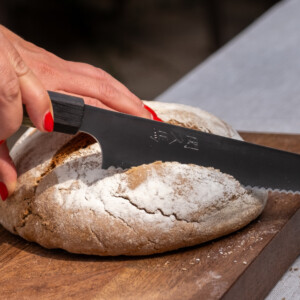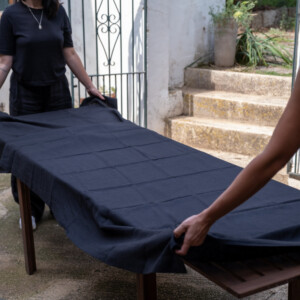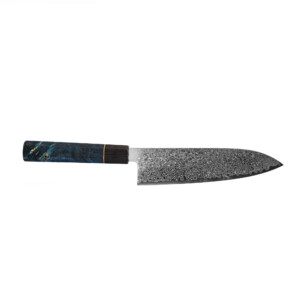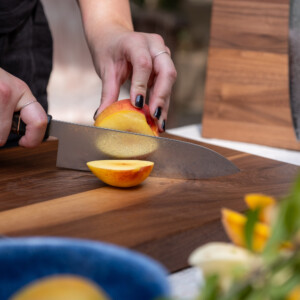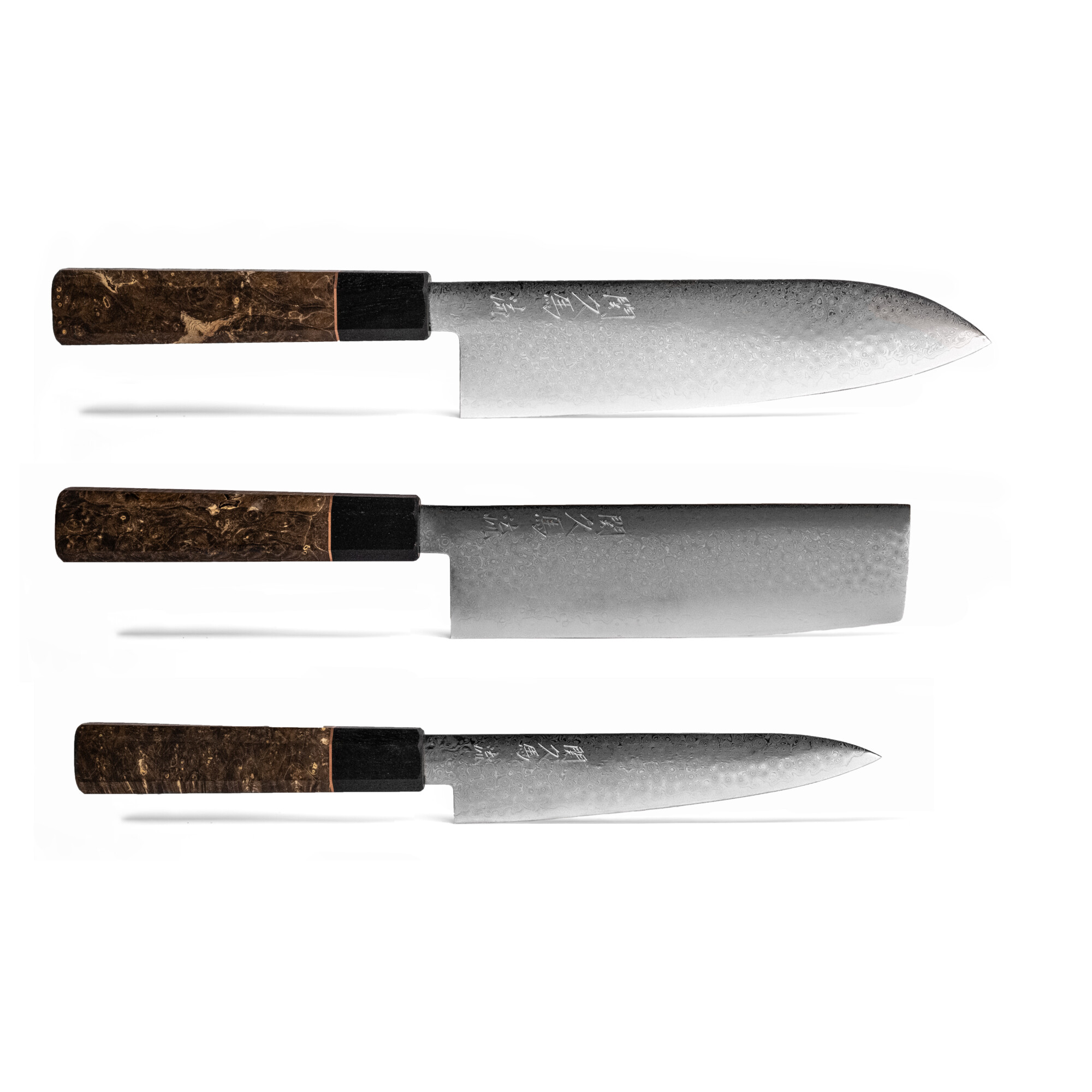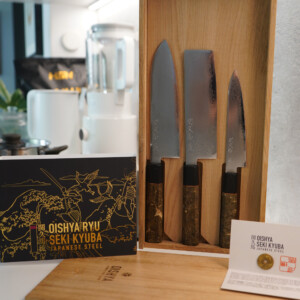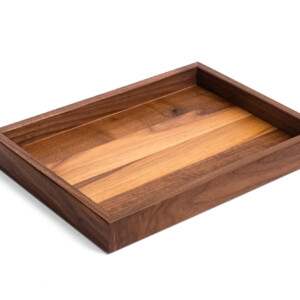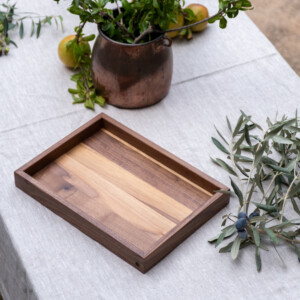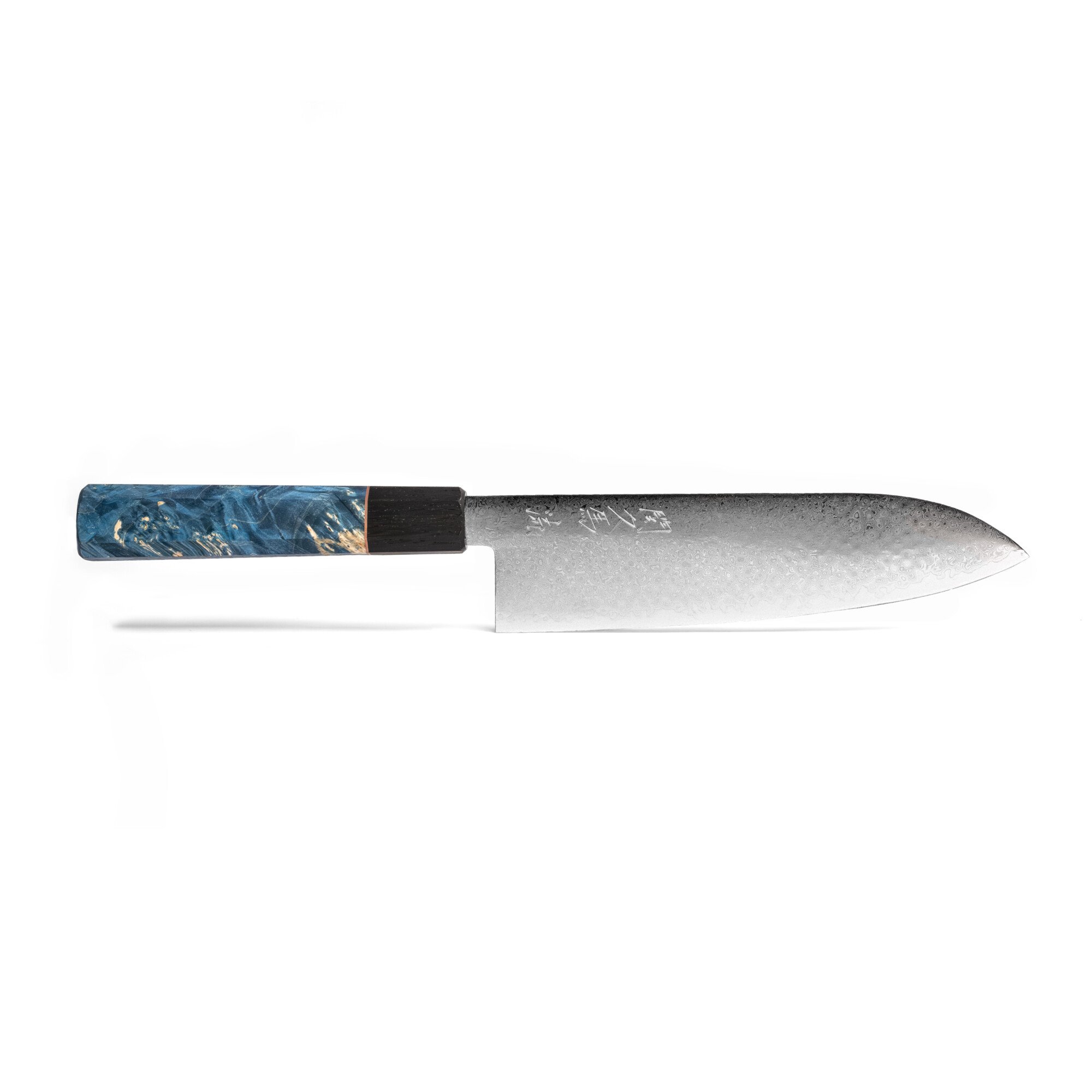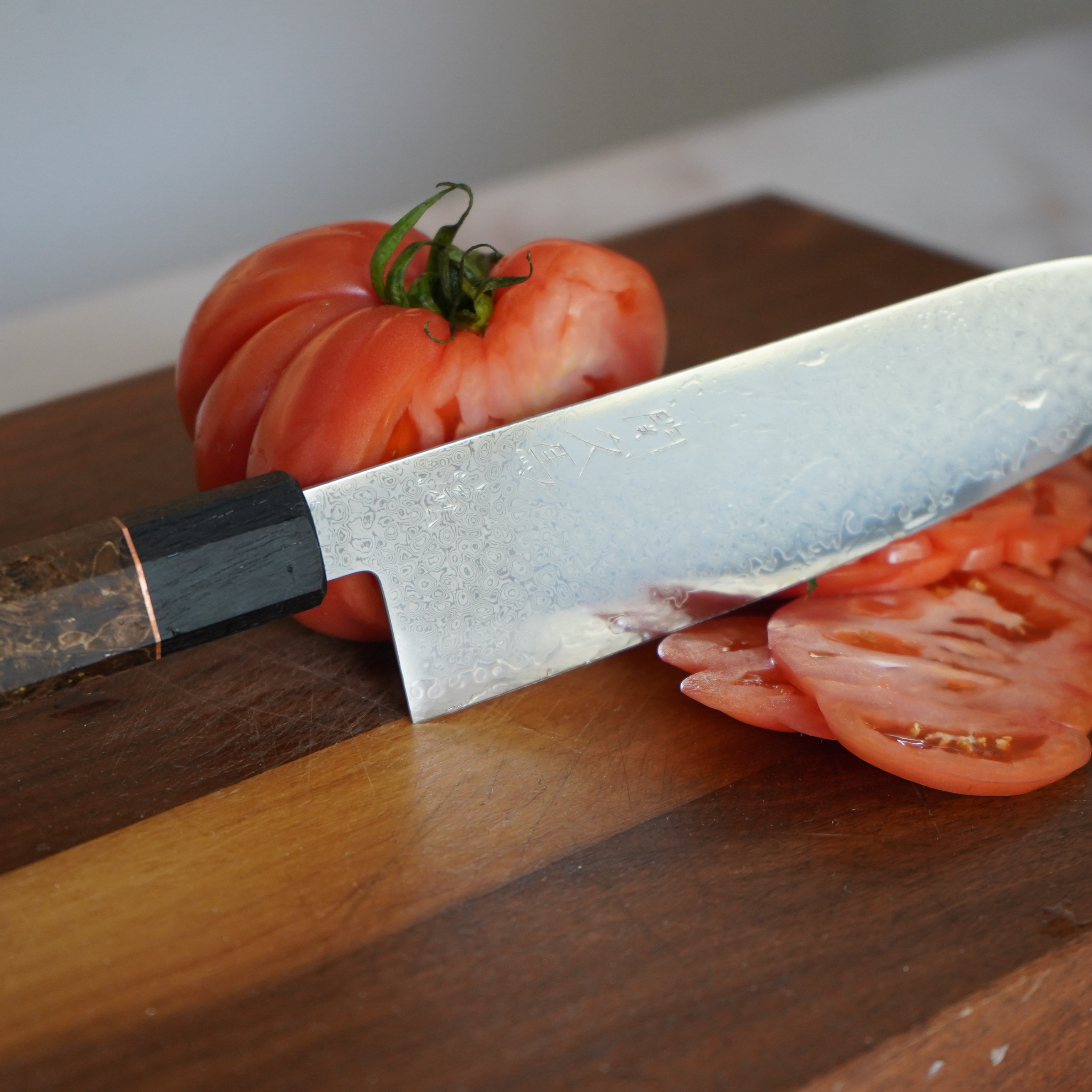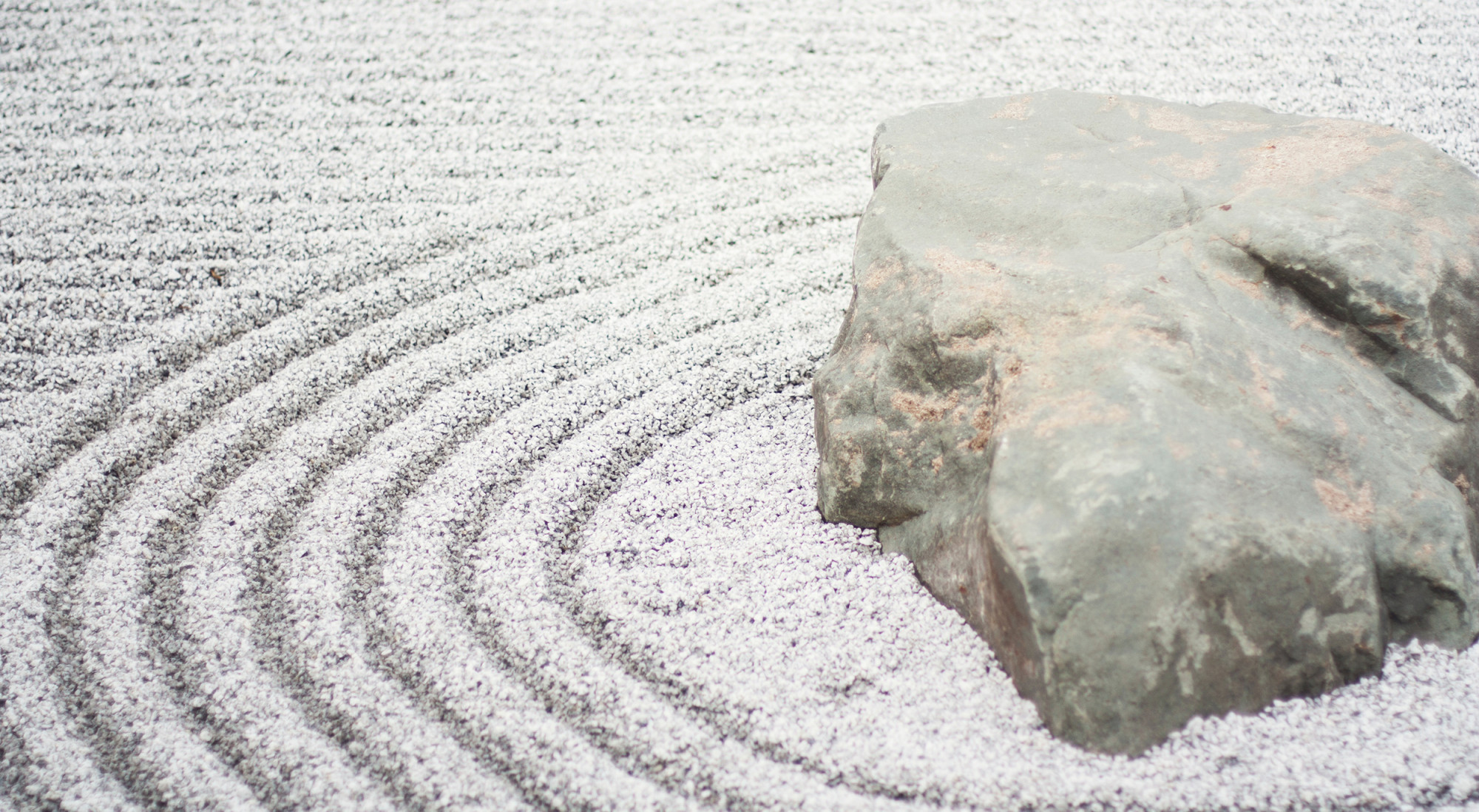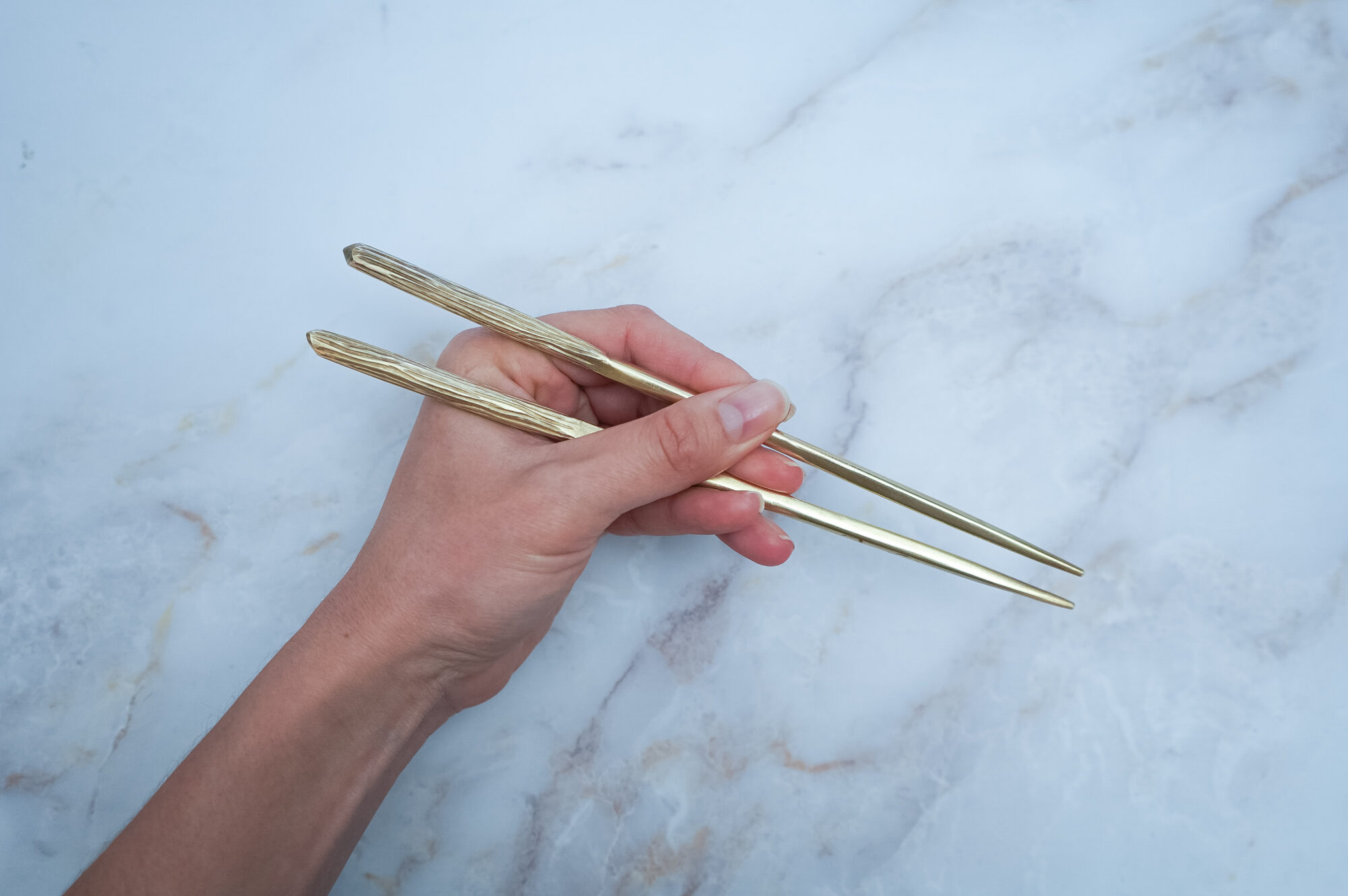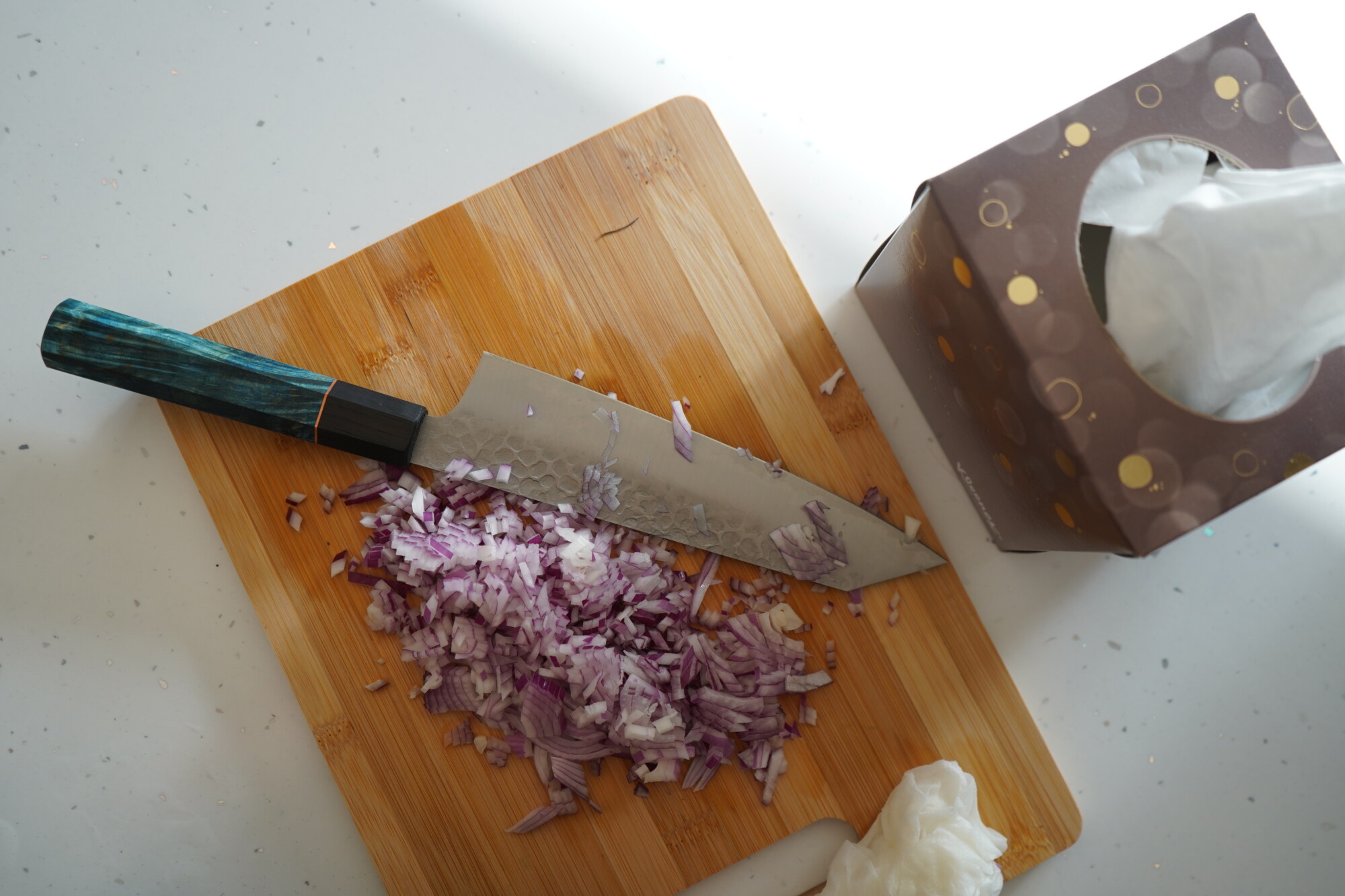As home cooks, we didn’t know until we started Oishya and we had to look it up. (But isn’t that how most of the world’s knowledge goes?) If you’re like us, you learned a “sorta way” to hold a knife when cutting an apple as a kid—probably wrapping your whole fist around the handle like you were gripping a baseball bat. Turns out, there’s actual technique behind what we do thousands of times in our kitchens, and mastering it can transform your entire cooking experience.
The Japanese concept of kaizen—continuous improvement through small, deliberate changes—applies beautifully even to knife work. Each subtle adjustment in how you hold your blade can unlock new levels of precision, comfort, and joy in your food preparation.
First, let’s explain where each part of the knife is (for more anatomies of other styles of knives such as german knives with full boster, check here)
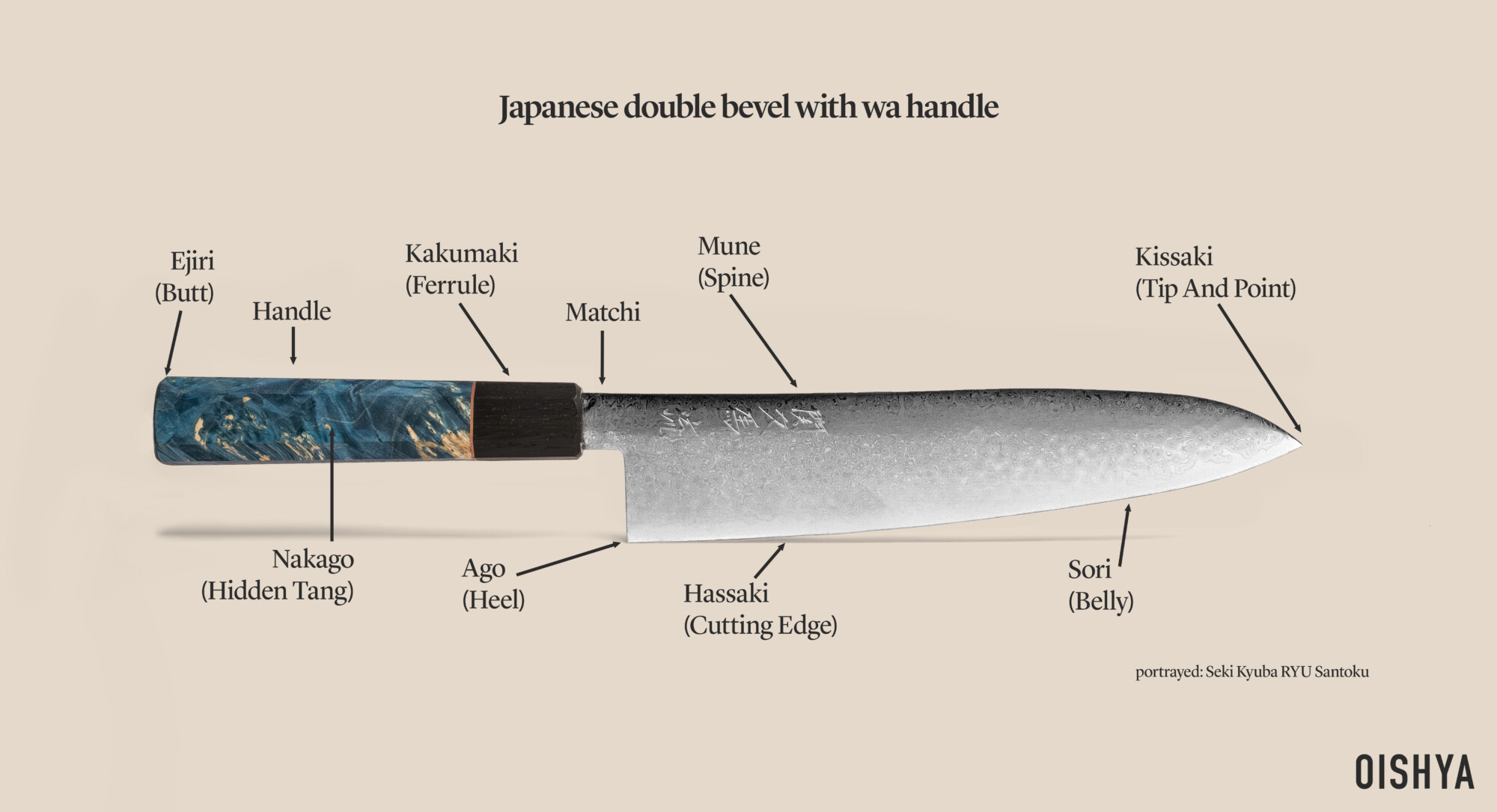
Here are four fundamental grips that every passionate home cook should master:
1. The Pointed Finger Grip: Your Precision Tool

You’re carefully removing the top wedge from a cantaloupe, or perhaps creating delicate garnishes for a dinner party. The pointed finger grip transforms your knife into an extension of your index finger, offering exceptional directional control.
With your index finger extended along the spine of the blade, you gain intimate feedback about exactly where your knife is positioned. This grip excels in detailed work—think deveining shrimp, removing strawberry tops, or creating those Instagram-worthy radish roses that seem effortless when done right.
Best for: Precision cuts, detailed garnish work, and tasks requiring fine motor control
2. The Hammer Grip: Comfortable but Limited 
Let’s be honest—this is probably how you’ve been holding knives most of your life. The hammer grip feels natural because, well, the entire handle is right there waiting for your palm. It’s the grip that whispers, “Just wrap your whole hand around me and we’ll figure it out together.”
While this grip isn’t necessarily wrong, it does limit your finesse and can strain your wrist during extended cooking sessions. Think of it as using a sledgehammer when you need a jeweller’s tool. The hammer grip works for basic chopping tasks, but as your culinary skills evolve, you’ll crave more nuanced control.
Best for: Basic chopping when precision isn’t critical, though we recommend graduating from this grip as you develop confidence
3. The Pinch Grip: The Gold Standard
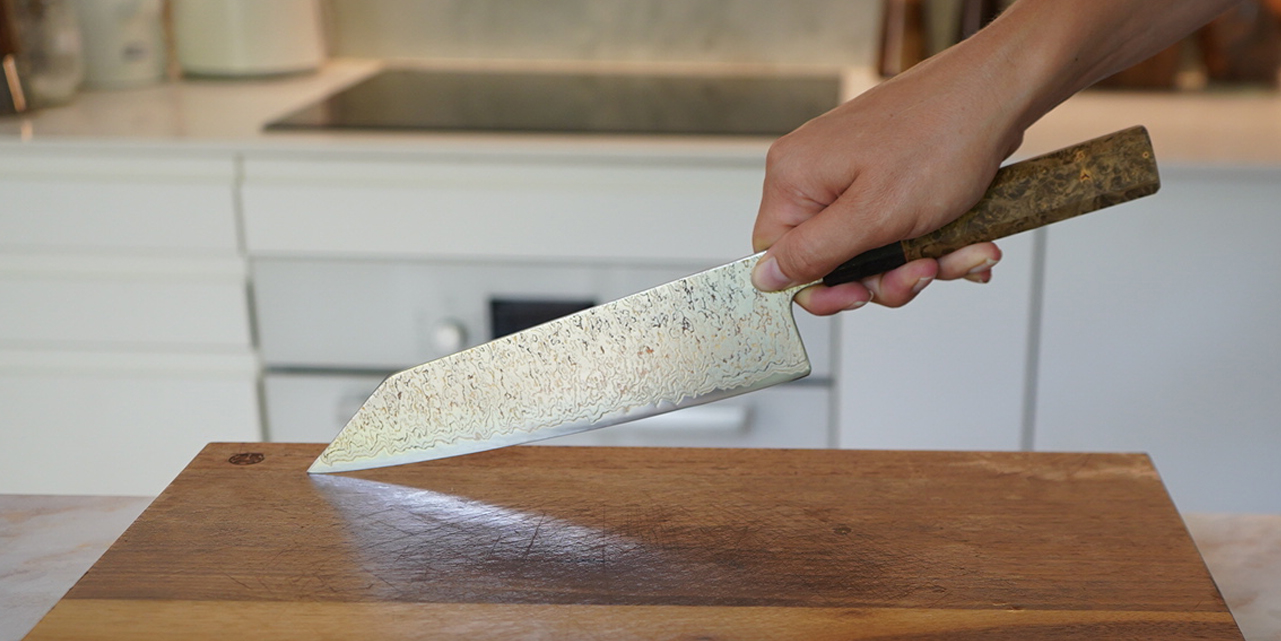
Here’s where the magic happens. The pinch grip is what separates confident home cooks from those still struggling with their knife work. By pinching the blade between your thumb and index finger, just above where the blade meets the handle, you unlock extraordinary control in every direction.
This grip allows you to “choke up” on your knife—sliding your hand forward along the spine for increased precision with delicate tasks, or moving back toward the handle for more leverage with tougher ingredients. It’s like having a variable-speed drill; the same tool adapts to different needs with subtle positioning changes.
The pinch grip embodies the Japanese principle of wa (harmony)—creating perfect balance between power and precision, between tool and craftsperson. Professional chefs swear by this grip because it transforms knife work from a wrestling match into a dance.
Best for: Almost everything—from brunoise dice to breaking down proteins
4. The Combo Grip: The Best of Both Worlds
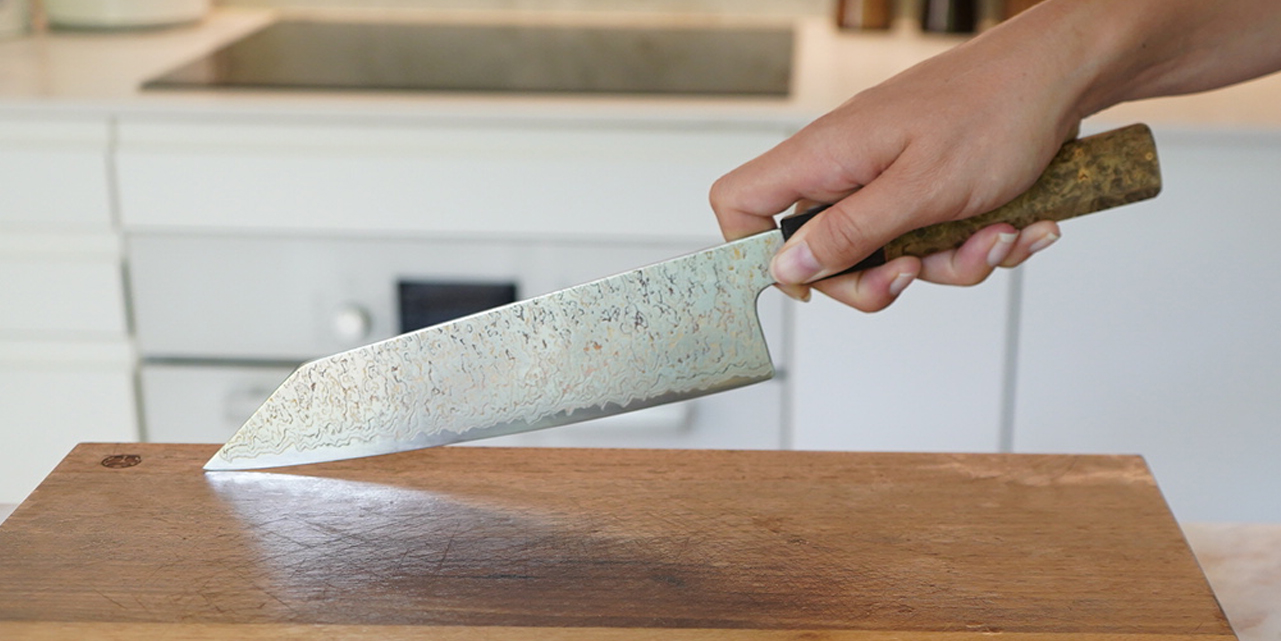
Think of the combo grip as the diplomatic solution. It keeps your index finger forward like the pinch grip (maintaining that crucial directional control) while allowing your remaining fingers to settle comfortably on the handle like the hammer grip.
This hybrid approach works particularly well with smaller knives where a full pinch grip might feel cramped. It’s the grip that says, “I want control, but I also want comfort during longer prep sessions.”
Best for: Smaller knives, extended cutting sessions, and cooks transitioning from hammer to pinch grip
What NOT to Do: Common Grip Mistakes
Before we crown our champion grip, let’s address the elephant in the kitchen: dangerous and inefficient ways people hold knives.
The Death Grip: Squeezing your knife handle like you’re trying to strangle it only leads to hand fatigue and loss of precision. Your grip should be firm but relaxed—imagine holding a small bird that you don’t want to escape, but also don’t want to harm.
The Blade Grabber: Never, ever grip the actual cutting edge. This seems obvious, but in the heat of cooking moments, we’ve all seen people absent-mindedly grab knives in ways that would make safety instructors weep.
The Wobbly Wrist: Holding your knife with a loose, flexible wrist removes all control and increases injury risk. Your wrist should be straight and stable, creating a solid foundation for precise cuts.
The Verdict: Which Grip Reigns Supreme?
After years of testing, teaching, and countless hours in kitchens around the world, the pinch grip emerges as the most secure and versatile option for serious home cooks. Here’s why:
- Security: The pinch grip provides unmatched stability because you’re literally holding the knife at its balance point. Your thumb and index finger act as a secure anchor while your remaining fingers guide the handle.
- Versatility: No other grip adapts so seamlessly between delicate herbs and hearty root vegetables. The ability to adjust your hand position along the blade gives you unprecedented flexibility.
- Reduced Fatigue: By working with your knife’s natural balance rather than fighting it, the pinch grip reduces hand and wrist strain during extended cooking sessions.
- Professional Standard: There’s a reason every culinary school teaches the pinch grip first—it’s the foundation upon which all advanced knife skills are built.
It’s all about safety
Learning proper knife grips isn’t about perfection overnight; it’s about embracing that beautiful Japanese concept of kaizen. Start with the pinch grip during your next meal prep session. It might feel awkward at first—like learning to write with your non-dominant hand—but persist.
Pay attention to how the knife feels as an extension of your hand rather than a separate tool you’re wrestling with. Notice how your cuts become cleaner, your confidence grows, and your entire cooking experience transforms from task to meditation.
Remember, the most beautiful aspect of cooking isn’t just the final dish—it’s the journey of continuous improvement, the quiet satisfaction of mastering fundamental techniques, and the joy that comes from wielding your tools with true skill and confidence. Your knife is waiting to become an extension of your creativity. All it needs is the right grip.
Watch our quick tutorial here:
